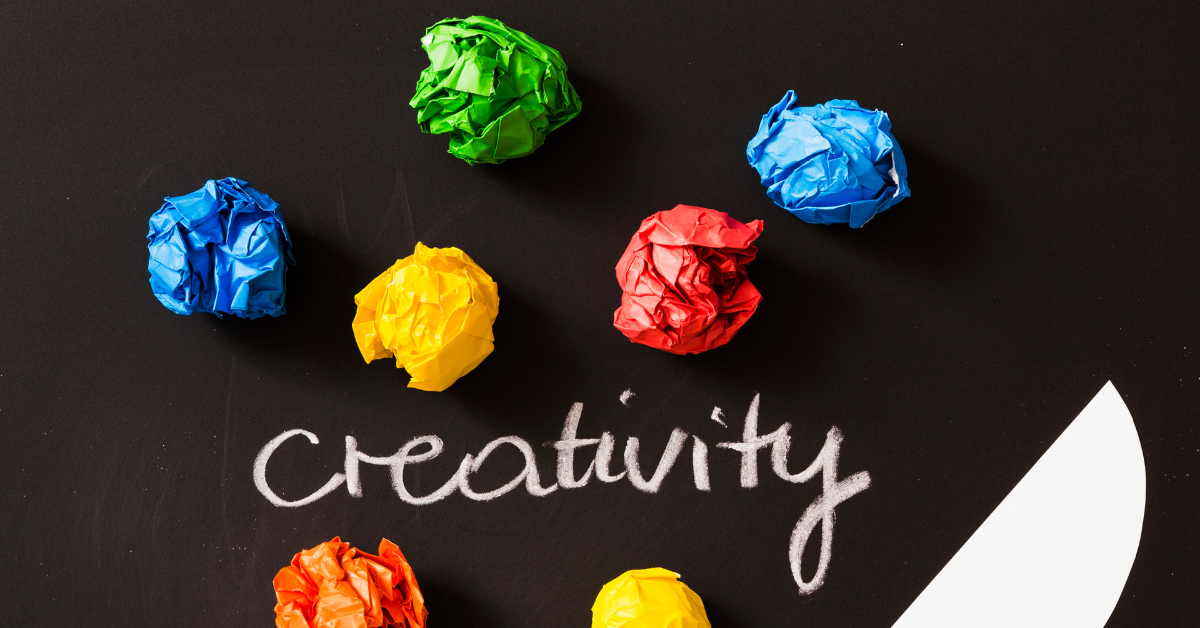The Power of Creative Thinking in Learning

Education isn’t just about memorizing facts—it’s about understanding, solving problems, and applying knowledge creatively. Creative thinking enhances learning by making it engaging, effective, and fun. But what exactly is creative thinking, and how does it transform the way we learn? Let’s explore its impact on education and practical ways to apply it.
1. What is Creative Thinking?
Creative thinking is the ability to look at problems and concepts from new perspectives. It involves innovation, problem-solving, and imagination rather than rote memorization.
Key Elements of Creative Thinking:
- Divergent Thinking: Generating multiple solutions for a problem.
- Lateral Thinking: Approaching challenges in unconventional ways.
- Critical Thinking: Evaluating ideas with logic and creativity.
- Problem-Solving: Finding unique solutions rather than following standard methods.
Example: Instead of memorizing historical dates, students can create stories about past events to retain information better.
2. Why is Creative Thinking Important in Learning?
Creativity helps students understand concepts deeply rather than just memorizing facts. It improves engagement, retention, and application of knowledge.
How Creative Thinking Enhances Learning:
- Encourages curiosity and exploration.
- Develops better problem-solving skills.
- Helps retain knowledge through visualization and storytelling.
- Makes learning more interactive and enjoyable.
Example: A science teacher using real-world experiments instead of textbooks fosters better understanding and excitement for learning.
3. How Creative Thinking Boosts Problem-Solving Skills
Traditional learning often focuses on fixed solutions, but creative thinking allows students to develop multiple approaches to problems.
Techniques for Creative Problem-Solving:
- Mind Mapping: Drawing connections between ideas.
- Brainstorming: Generating multiple solutions without judgment.
- Role-playing: Stepping into different perspectives.
Example: In math, instead of solving an equation in one way, students explore multiple methods, improving their analytical skills.
4. Creative Thinking in Different Subjects
In Science & Technology:
- Encourages experimentation and innovation.
- Helps develop hypotheses and alternative theories.
Example: Scientists use creative thinking to develop breakthroughs like AI and renewable energy.
In Literature & Arts:
- Improves storytelling and artistic expression.
- Helps in developing unique writing styles.
Example: Writers use creative thinking to craft engaging plots and characters.
In Business & Entrepreneurship:
- Encourages innovation in marketing, strategy, and leadership.
- Helps solve business challenges with unique approaches.
Example: Steve Jobs used creative thinking to design Apple products that revolutionized technology.
5. How to Develop Creative Thinking in Learning
Anyone can boost their creative thinking with practice. Here are some effective methods:
1. Encourage Curiosity
- Ask “why” and “how” questions about everything.
- Challenge existing ideas and seek new perspectives.
2. Use Visual Learning
- Draw mind maps, charts, and sketches to represent ideas.
- Convert complex topics into diagrams and flowcharts.
3. Engage in Brainstorming Sessions
- List multiple solutions before choosing the best one.
- Encourage out-of-the-box ideas without self-judgment.
4. Incorporate Play and Experimentation
- Solve puzzles and riddles to train the brain.
- Engage in activities like Lego building or coding challenges.
5. Think Like a Child
- Be open to imagination and endless possibilities.
- Use storytelling to understand abstract concepts.
6. The Role of Technology in Enhancing Creative Thinking
Technology has transformed learning by offering new tools for creativity.
Tech-Based Creative Learning Methods:
- Virtual Reality (VR): Helps students experience subjects interactively.
- AI & Chatbots: Provides real-time learning assistance.
- Gamification: Makes learning fun and competitive.
Example: Students using coding platforms like Scratch develop problem-solving skills through creative programming.
7. Overcoming Barriers to Creative Thinking
Many students struggle with creativity due to fear of failure or rigid educational methods. Here’s how to overcome those barriers:
- Encourage risk-taking: Mistakes are part of the learning process.
- Break the routine: Change study environments and methods regularly.
- Collaborate: Engage in group discussions for diverse perspectives.
Conclusion
Creative thinking is a game-changer in education. It fosters problem-solving, innovation, and deep understanding, making learning enjoyable and effective. Whether in science, arts, or business, creativity unlocks limitless possibilities. By developing creative skills, students can think independently, explore new solutions, and adapt to real-world challenges.
Start embracing creativity today, and transform the way you learn!












